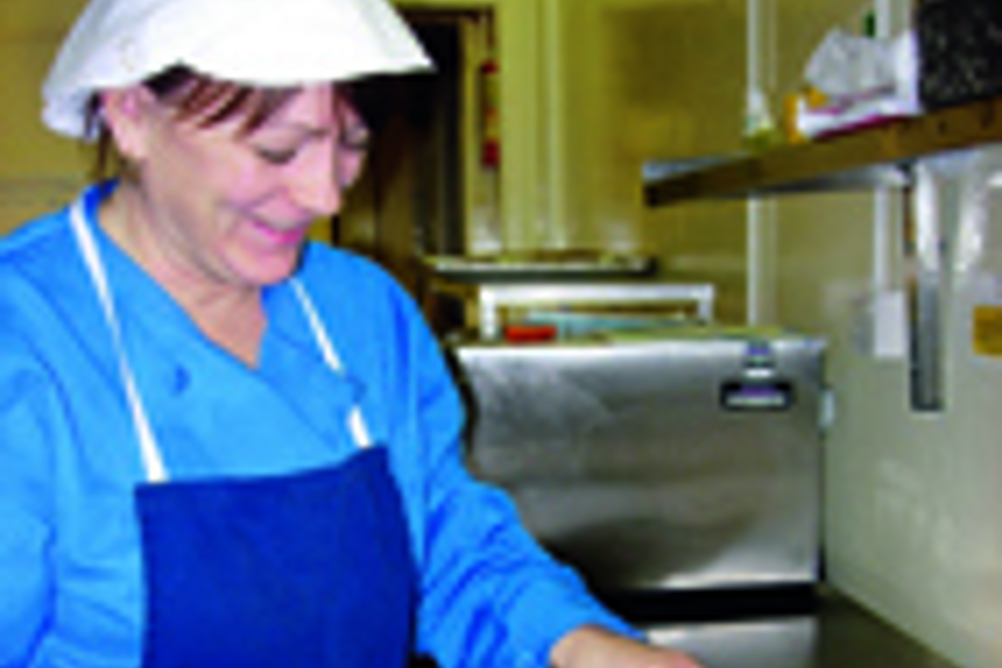
The continuing rise in food allergies among young children is making catering an ever greater challenge for daycare settings.
Providing for children's specific needs requires kitchen staff with the skills to prepare lots of dishes every day and the knowledge to find suitable recipes, to source special ingredients and avoid any cross-contamination in the food preparation.
Nurseries can refuse to cater for children with allergies to basic ingredients such as wheat, eggs or dairy products, but it is an option that leaves the children feeling uncomfortably 'different' and their busy parents scrambling to prepare separate meals and snacks every day.
One solution to some of these catering problems is for kitchen staff to learn about cooking substitutes - simple replacements for 'problem' ingredients - and then go on to use them in a nursery's regular repertoire of dishes.
Register now to continue reading
Thank you for visiting Nursery World and making use of our archive of more than 35,000 expert features, subject guides, case studies and policy updates. Why not register today and enjoy the following great benefits:
What's included
-
Free access to 4 subscriber-only articles per month
-
Unlimited access to news and opinion
-
Email newsletter providing activity ideas, best practice and breaking news
Already have an account? Sign in here









